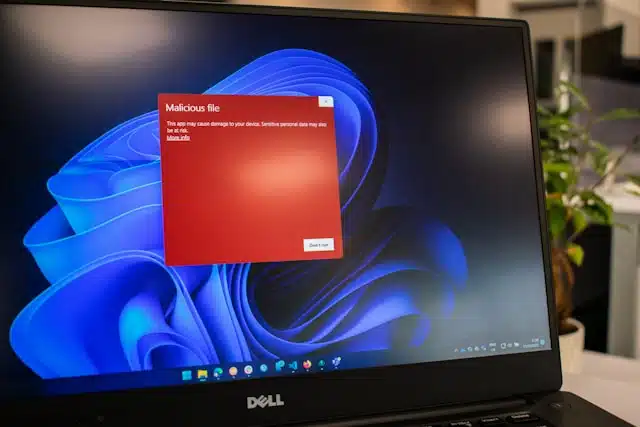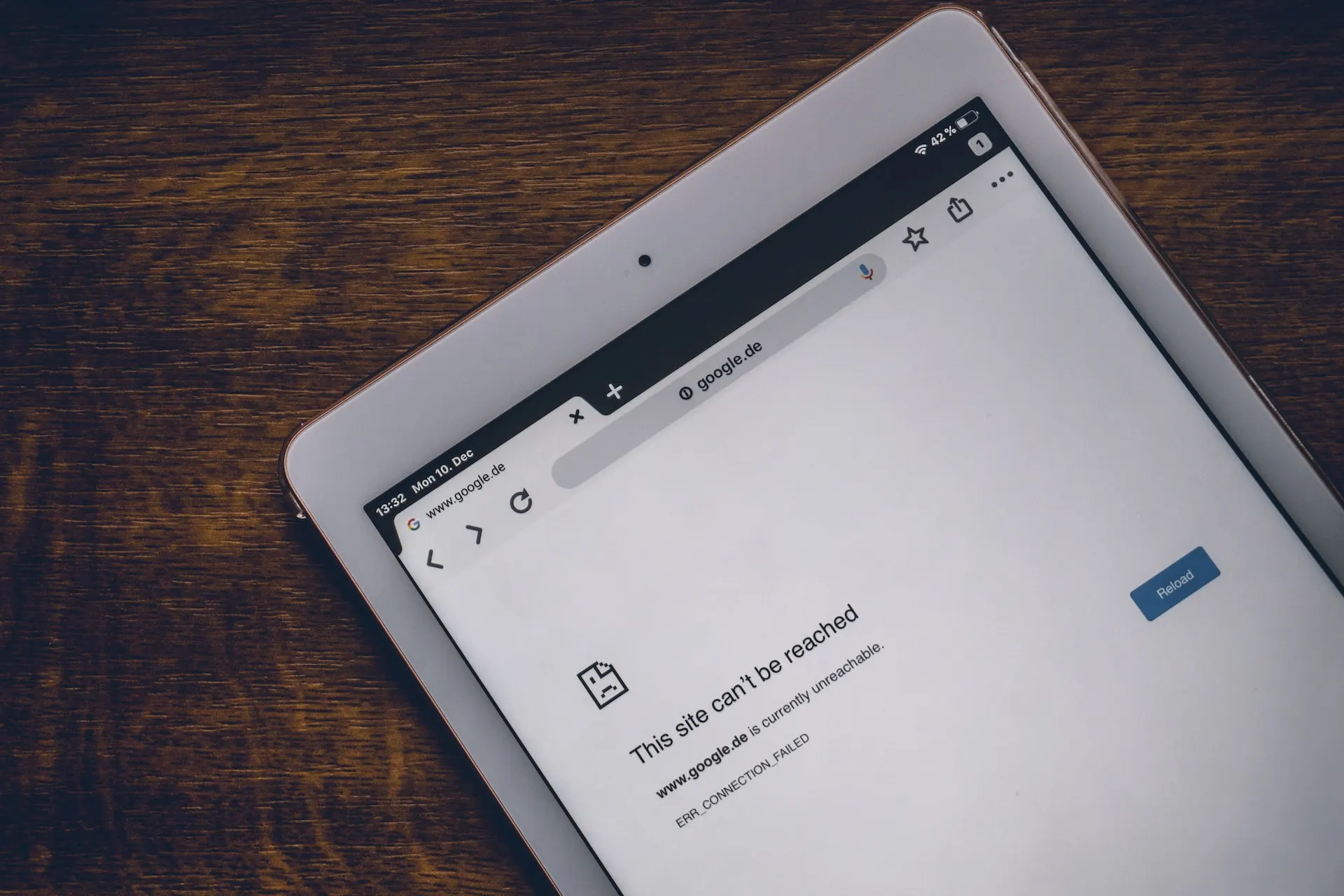The cNGN stablecoin, Africa’s first regulated stablecoin project, is generating considerable buzz in Nigeria’s Web3 space, drawing both praise and criticism. Techpoint Africa reported that Riyadh-based venture capital firm Adaverse backed the project following strong on-chain growth and increasing adoption.
As recognition grows, attention is turning to criticisms and probing questions surrounding the project. These concerns cut across several areas, from structure to long-term implications.
The cNGN stablecoin, managed by WrappedCBDC Ltd, received Approval-in-Principle (AIP) from the Securities and Exchange Commission (SEC) in 2024 under the Accelerated Regulatory Incubation Program (ARIP).
Since then, it has been recognised by Nigerian exchanges Busha and Quidax, with funding support from Xend Finance, a decentralised platform.
“The financialisation of the cNGN by Xend Finance, a decentralised platform, transforms it into a speculative instrument for yield, blurring the critical distinction between a payment tool and an unregistered security.
This transition not only perverts its original purpose but can also expose users to significant operational risks,” Olayimika Oyebanji, Interim COO at Arcus and CEO at Blocklaw Consulting, told Techpoint Africa.
Oyebanji, who published an academic critique on cNGN and volatile currency pegs, argued that Xend Finance’s actions extend cNGN’s use beyond payments without adequate regulatory oversight. This, he said, exposes customer funds to smart contract vulnerabilities and hacker risks.
He added that veto power over platform protocols, fees, and even underlying assets is often concentrated in a small group of governance token holders or the project’s core team, which undermines the principle of decentralisation.
Earlier in the year, Xend Finance partnered with the WrappedCBDC (ASC) to integrate cNGN, allowing users to invest in Nigerian short-term securities using the stablecoin.
The collaboration attracted liquidity, issuing more than 36 million tokens through the Xend Finance platform and asset chain to enable cNGN-based investments.
The question of sovereignty
Beyond exploitation risks, concerns over sovereignty arise from the limited role of the Central Bank of Nigeria (CBN) in overseeing the cNGN project.
As a stablecoin pegged to the naira, cNGN requires strong regulatory involvement from the CBN to enforce compliance and manage monetary policy.
The current structure raises doubts about whether SEC oversight is sufficient for an instrument with such direct implications for national economic policy.
The lack of direct CBN oversight leaves room for potential manipulation, as customer funds are placed in the hands of non-state actors with limited legitimacy derived from SEC approval. This framework may not provide the same protection as full CBN oversight.
When compared with Tether, the world’s largest stablecoin by trading volume and market capitalisation, differences in oversight and sovereignty are clear. Tether is a private company with global reach, not directly regulated by the CBN or SEC. It has achieved widespread recognition and compliance in Asian, African, and American jurisdictions, limiting sovereignty risks.
The cNGN, however, is a domestic project in its early stages and requires strong regulatory safeguards. Unlike Tether, it has not yet built significant social proof, making sovereignty a pressing issue for both regulators and users.
“A naira-pegged instrument licensed by the SEC and hosted on external validator rails places monetary policy outside the full control of the CBN.
By empowering the SEC to license what is effectively a monetary instrument, we blur institutional boundaries and risk creating a form of parallel central banking.
Monetary oversight belongs solely to the CBN,” Oye Shobowale-Benson, Public Servant and Sovereign Blockchain Architect, told Techpoint Africa.
He described the sovereignty question as the elephant in the room, calling it a pressing concern.
Despite these worries, the CBN has maintained an open approach, allowing controlled testing of the project. It also emphasised the importance of collaboration with the ASC, SEC, and the Nigerian Financial Intelligence Unit to ensure compliance, transparency, and consumer protection.
Credibility and proof of reserve
A key challenge for the cNGN project is the absence of continuous and verifiable reserve proof, which undermines credibility.
“Without continuous and verifiable proof of backing, Nigerians face a trust deficit,” said Oye Shobowale-Benson.
Attempts to reach Uyoyo Ogedegbe, CEO of the cNGN project, for comment were unsuccessful.
Proof of reserve is a crucial measure in the life cycle of a stablecoin. Tether, the world’s largest stablecoin by adoption, has faced regulatory disputes with Europe’s Markets in Crypto Assets (MiCA) over proof of reserves and audits.
For Tether, proof of reserves involves quarterly attestations by independent auditors to verify that USDT is fully backed by assets such as US Treasuries and cash equivalents. This safeguard helps prevent a currency depegging, as seen with TerraUSD, which dropped from $1 to $0.35 in 2022.
That collapse wiped out an estimated $42–60 billion in market value for UST and LUNA, while the broader crypto market lost around $300–400 billion.
Tether’s later failure to comply with MiCA’s framework led to its delisting from European Union exchanges, after it could not obtain an e-money licence or meet the 60% EU bank reserve requirement.
Third-party intermediation and the macroeconomic angle
At its core, the cNGN project bypasses the CBN, denying potential customers the safeguard of the traditional banking system.
According to Shobowale-Benson, this amounts to third-party intermediation, a practice that poses financial engineering risks and raises another red flag about the project.
He likened cNGN’s relationship with virtual asset providers such as Xend Finance to a shadow banking layer, where liquidity and investments bypass CBN oversight and are repackaged as interest-bearing instruments without official scrutiny.
“What begins as a payment token quietly evolves into a parallel financial system with contagion risks if reserves fail or platforms collapse,” he added.
At the macroeconomic level, questions persist about the feasibility of cNGN’s pegging mechanism and the gaps in its attestation reports.
“The cNGN project poses a disintermediation risk, which raises valid questions about how it can potentially undermine the bank’s ability to create credit when there’s a significant conversion of the naira to cNGN,” said Olayimika Oyebanji, echoing Shobowale-Benson’s concerns.
Ultimately, these criticisms of Africa’s first regulated stablecoin project are fuelling important conversations. Each point of debate underscores questions about its structure and utility, promising a process of continual refinement for both builders and users.











